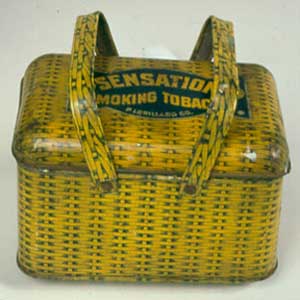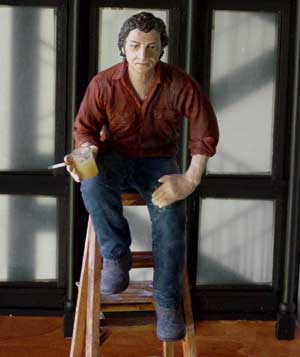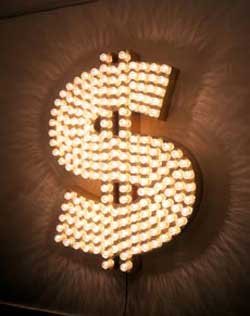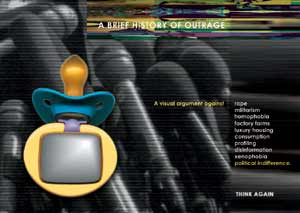For those of us with a penchant for the collectable detritus of childhood, the metal lunchbox has always had a certain allure. So it was with enthusiasm that I approached the traveling Smithsonian exhibition “Lunch Box Memories”, through July 18th, at the National Heritage Museum in Lexington. But like the ubiquitous tomato soup that filled those lunchbox thermos’, what should be hot and delicious ends up being a bit tepid and plastic-tasting, and so it was with this interesting but slightly disappointing show. Spanning one hundred years or so, the show features 75 boxes that reflect the changing fads and fancies of American society. That may seem like a lot of lunchboxes, but in reality, it felt like much fewer. I think this can be attributed to the kid-friendly design of the space. The boxes were all behind Plexiglas, and these plexi cases were arranged in themed islands. Unfortunately, these islands—big, colorful, and full of text—really overshadowed the rather diminutive boxes, which seemed rather sad and lonely sitting in a museum, perhaps missing the human touch of their former owners.
It was not like the lunchboxes weren’t trying. There are some gems here, interesting for sociological, design, or pop cultural reasons, that resonate beyond the usual nostalgic platitudes. The organizers worked hard to place the boxes in historical context, but perhaps they worked too hard. We are told too much, and the lunchboxes themselves are left a bit mute, whereas they should be doing much of the talking. They are strangely beautiful cultural artifacts that have an irresistible appeal. One does want to walk away with favorites.
Highlights included many of the boxes from the 60’s, including the electrically colored acid-y “Mod Tulips” and the aptly titled, “Psychedelic”. One wonders if these are the official manufacturers’ product names, or curator-produced titles. Check out the tasty pop-art totems “Bread Loaf” from 1968, (well what else can you call it?), and “Stars and Stripes” from 1970, and you can practically smell the acrid fumes of the Vietnam war and a country in turmoil.
On the lighter side, all your cartoon favorites are here also. Movies and television, the stalwarts of our generation, are well represented, but again, many of the boxes are the usual suspects. Interesting oddities were the “Julia” from 1969, based on the television series that featured a single African-American mother, and perhaps my favorite, the “Jonathon Livingston Seagull” from 1974. I’ve never actually read the book after which it is based, but somehow it is heartening that once upon a time books actually graced lunchboxes. A bit refreshing in our “Hello Kitty” culture, and I cannot help but hope the manufacturers consider this again. DaVinci Code, anyone?
Other lunchboxes are arranged thematically and basically in chronological order. Visit the Wild West, and linger in the Space Age. Some great painting going on in some of the renderings. One wonders, who were these lunchroom artisans, these bohemians of the cafeteria, whose work graced millions of lunchboxes, and whose work was proudly toted as banners of individuality by generations of children and adults? Sadly, they remain anonymous, and as we work our way toward the end of the metal lunchbox, around 1985, we find the photographer taking over much of the design chores. The last box represented is the “Rambo”, and soon thereafter the cheaper (and safer) plastic took over, after industry and parental concerns over the use of the metal box as a lethal weapon were assuaged.
From the first lunchboxes made from converted lard-tins to today’s high-tech insulated marvels, we have lived with lunchboxes for a long time. I must confess that I was a brown-bagger in school, but have, in my adult years, managed to acquire a “Star Wars” and a “Disco”. Do I feel guilty admitting this? No way. That “Disco” box is worth a hefty $75 according the price catalog in the bookstore. So search those attics and basements. I am still upset that the rare “Beatles” box, worth a staggering $750, once graced our family’s kitchen table.
“Lunch Box Memories” is worth a visit if you’re in the neighborhood, and admission is free.
"Lunch Box Memories" is on view through July 18th at the National Heritage Museum in Lexington.
All images are courtesy of the National Heritage Museum.
James Pinter is a regular contributor to Big, Red & Shiny.




